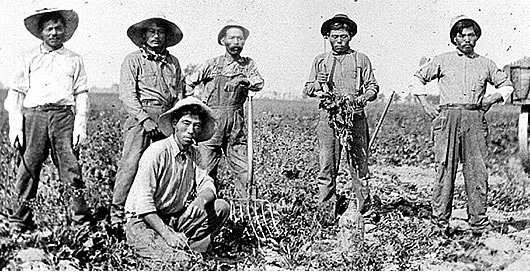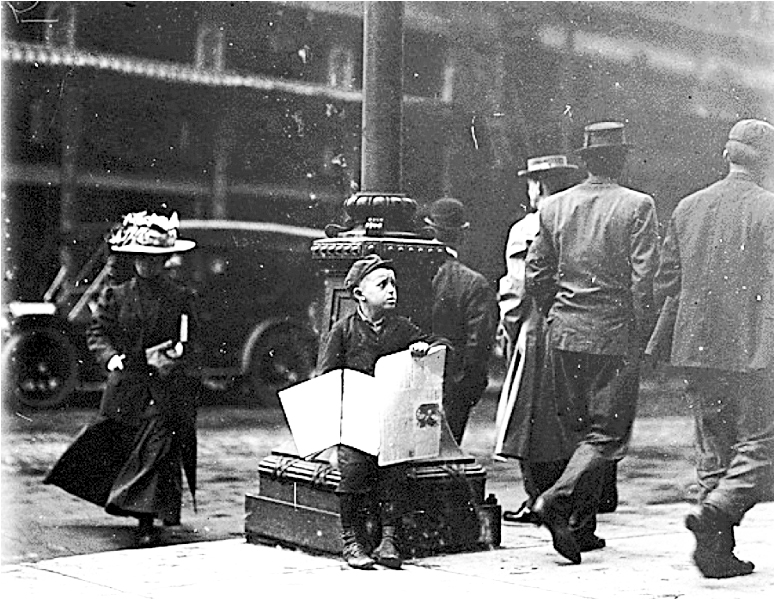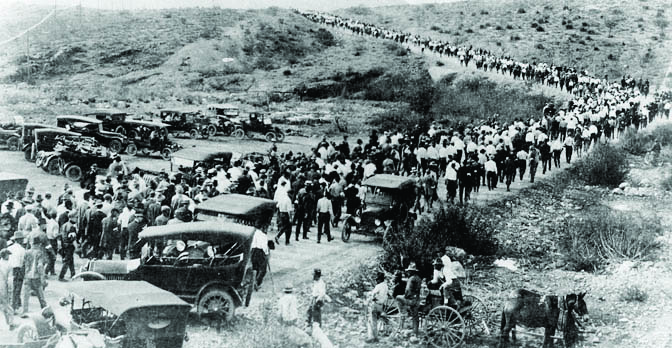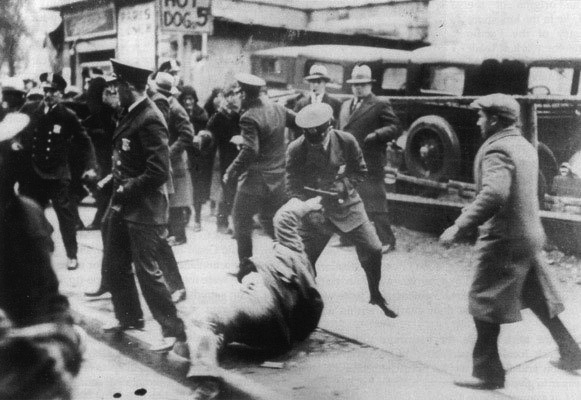1903 Oxnard Beet Sows the Seeds of Diversity
Cultural diversity is one of the modern Labor Movement’s greatest strengths. Labor celebrates the richness of mutliculturalism and recognizes that the united voice above all else is the fabric that holds this Movement together. But the Labor Movement has not always been a bastion of racial understanding. In 1903 in the beet fields of Oxnard, a battle came to a head, not only between the workers and the employer, but between those wishing to create more diversity in Organized Labor and those wishing to protect the interest of the established unions.
The city of Oxnard began as one of the emerging “boom towns” in California at the turn of the century. The construction of an immense sugar beet factory run by the Oxnard brothers’ American Beet Sugar Company drew hundreds into the area, forming a new community. But as the city grew, the influx of Mexican and Chinese agricultural workers created racial tension between white farmers and merchants and the non-white laborers.
Employers benefited from the racial tension, even creating conflicts between the Chinese and Mexicans workers. Disunity along racial lines made it more difficult for workers to organize, keeping the wages artificially low and rendering the workers powerless. When the government passed the Chinese Exclusion Act, the employers aggressively recruited Japanese workers to replace the dwindling Chinese workforce in hopes of maintaining schisms in the beet fields.
The tactic of maintaining racial tension was successful until the agricultural workers formed the Japanese Mexican Labor Association (JMLA). The workers, as part of the JMLA, protested the high commission fees they had to pay to the company that contracted the work, the Western Agricultural Contracting Company (WACC) and they accused the company of paying less than what they had promised. Workers also demanded the freedom to purchase goods from places other than the company store.
On Feb. 3, 1903, 500 Japanese and 200 Mexican sugar beet workers struck against the company and their labor contractor. By March, the union had grown to 1,200 members and represented about 90 percent of the entire work force. On March 23, violence broke out. One Mexican worker, 21-year-old Luis Vasquez, was killed and four others (two Mexican and two Japanese) were wounded. An inquest into the death blamed the violence and shooting on the strikers, although witness after witness testified that armed Anglo farmers shot into the crowd. After the incident, the company conceded to the union’s demands for better pay and the abolition of an unfair subcontracting system.
The importance of this labor dispute was not fully realized at the time of the incident. Following the initial victory, the secretary of the Mexican branch, J.M. Lizarras, applied for membership in the American Federation of Labor (AFL) under the name of the Sugar Beet and Farm Laborers’ Union of Oxnard. Impressed by the Oxnard victory, the AFL president Samuel Gompers replied that he would indeed let the Mexican sugar workers join the AFL, provided that the Japanese not be associated with the labor union. In a letter to Lizarras, Gompers stated the “union must guarantee that it will under no circumstances accept membership of any Chinese or Japanese.”
The Japanese Mexican Labor Association was the first multi-racial agricultural union to be formed. Now the established unions would only recognize the success and legitimacy of the union if one half abandoned the other. Lizarras responded by stating, “We are going to stand by the men who stood by us in the long, hard fight that ended in a victory over the enemy.”
Despite the response from the JMLA leadership, Samuel Gompers, made his decision not to accept the beet worker’s union into the American Federation of Labor. As JMLA leaders predicted, the union was unable to sustain itself without broader affiliation and support. By 1910, the JMLA had quietly disappeared.
It would take several more decades before the American Federation of Labor altered its position on racial segregation and recognize the importance of diversity in the labor movement.
Today, we celebrate labor leaders from all assorted backgrounds. Cesar Chavez, for example, organized agricultural fields in California. It is important to note that at age 11 Cesar Chavez lived in Oxnard near those fields where the beet strike took place. Perhaps it was there where he was handed the torch to fight for labor justice and equality for all workers.




